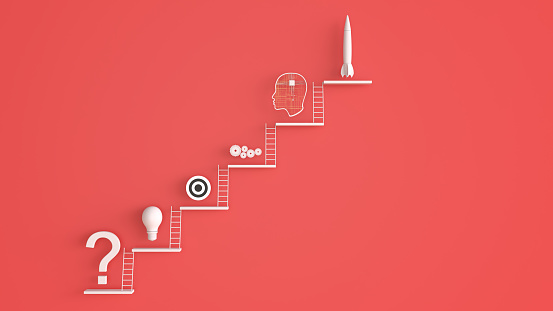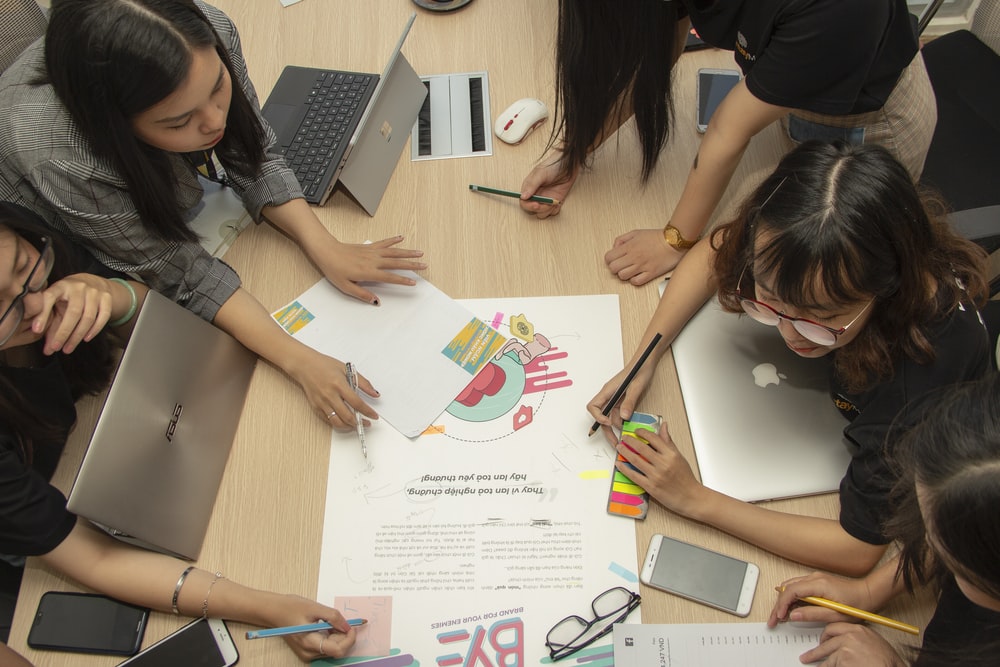Wisdom and knowledge are slowly being passed down to the next generation differently in modern classrooms.
People used to learn in class, but now there is a new “blended learning program.” It’s easy for teachers who like this unique classroom style to get all the benefits of improving their old methods with the latest educational technology. As a whole, the students will benefit from this new way of learning in school.
The UGC recommended that the assessment and evaluation framework be changed to integrate blended learning approach as a new teaching-learning method in higher education.
Are you still not sure that blended learning is the best way to learn?
This is an excellent time to look at blended education that will make you change your mind.
What is Blended Learning?
Blended learning is a mix of learning methods that use various teaching methods, such as eLearning and traditional face-to-face learning.
Blended learning education is a logical next step as more people have access to eLearning and online resources and the necessity for a human element in learning education.
People learn differently, and a blended learning approach is more likely to fulfill their needs than a standard classroom setting. The student is actively involved and in charge of their learning using a mixed learning strategy. This method also aids the student in meeting their requirements.
Unlike full-blown eLearning, the online part of the training doesn’t replace face-to-face training with a teacher. Instead, teachers use educational technology to improve the learning experience and help students better understand specific topics.
For example, a teacher might share a link to a video with the students. They might then ask them to see the video at home, email their review to the teacher, and discuss the video with the class afterward. It’s known as Flipped Classroom.Traditional teaching methods are reversed in a flipped classroom. Traditionally, the teacher discusses a topic at school and assigns homework that reinforces the portions covered that day. The instructions in a flipped classroom are offered online, outside of class.
Years ago, a teacher might have used an overhead projector to teach a math concept for days at a time. It was hard to figure out how well students understood and was interested in these dry methods. Today, teachers can use blended learning program to help them figure out how well students know things and how quickly they can teach them.
Benefits of Blended Learning
A blended classroom is said to improve the effectiveness and efficiency of the whole learning process.

Let’s see some of the benefits.
More accessible education
Educational materials were only available during classroom hours in traditional teaching approaches. Students could take their textbooks home with them, but there was no method to interact with or engage with the information.
Thanks to new learning apps and other technological advancements, they now have greater flexibility to access and participate with academia from home. This accessibility could lead to a higher level of interest in learning and better outcomes.
Students can monitor themselves
Every learner can practice and handle new material at their own pace. Students can engage with the information at their own pace through a blended classroom, which uses apps, games, or measurable tools to teach topics.
This helps maintain a healthy balance in a study room with both fast and slow learners. It can help students learn more deeply, reduce stress, and feel more satisfied.
Teachers can engage students more
Blended estudy room increases students’ opportunities to connect with their professors and teachers. They can join via email, progress reports on the program, or message boards.
This learning style promotes many effective means for teachers and students to become more engaged. In the end, both parties can benefit from this shift in the relationship.
Teachers can stay in touch with student progress, while students can ask more questions and gain more profound knowledge.
Blended learning with E- STUDYROOM
Changing the norm of old teaching methods can be difficult, especially for experienced teachers. The new mixed learning experience, on the other hand, provides many distinct advantages.
E-STUDYROOM has extensive experience in Edutech Media Consultation and System Integration and has worked with many prestigious schools, including IIT.
Why E-STUDYROOM?
E-STUDYROOM assists you in becoming a pioneer of educational technology transformation. They have years of experience delivering edutech studio solutions, studio training, micro-studio setup, media solutions, live virtual online class setup, and other related services throughout India.
E-STUDYROOM takes advantage of cutting-edge media technologies in the classroom. Years of experience on their team can assist you in overcoming technical challenges and increasing your confidence in handling these technologies.
Wrapping up
Since online education is essential in everyday life, creating a professional Edutech studio is necessary for all educational institutions.
E-STUDYROOM focuses itself on finding the most cutting-edge educational technology solutions. Many enterprises across India have benefited from E-consultative STUDYROOM’s solutions-based approach, which has shown to be the most effective and cost-effective.
You can contact E-STUDYROOM to know more about their services.
FAQ
- What is UGC blended learning?
At its concept note on ‘Blended Mode of Teaching and Learning,’ the University Grants Commission (UGC) recommends that up to 40% of a course be taught online. The remaining 60% use traditional, offline means in all higher education institutions.
- What is seamless blended learning?
“Seamless Blended Learning (SBL)” is an educational environment that mixes in-person classroom training, virtual learning, and a cloud-based learning management system seamlessly.
- What is the difference between eLearning and virtual learning?
The degree of contact involved in eLearning vs. virtual learning is different. Virtual learning allows students and teachers to interact more, whereas eLearning is more self-paced.

